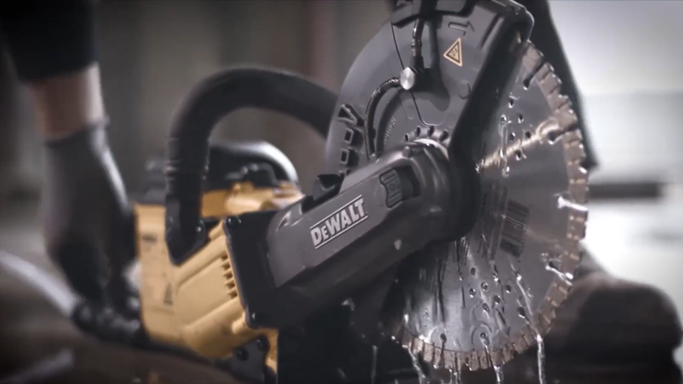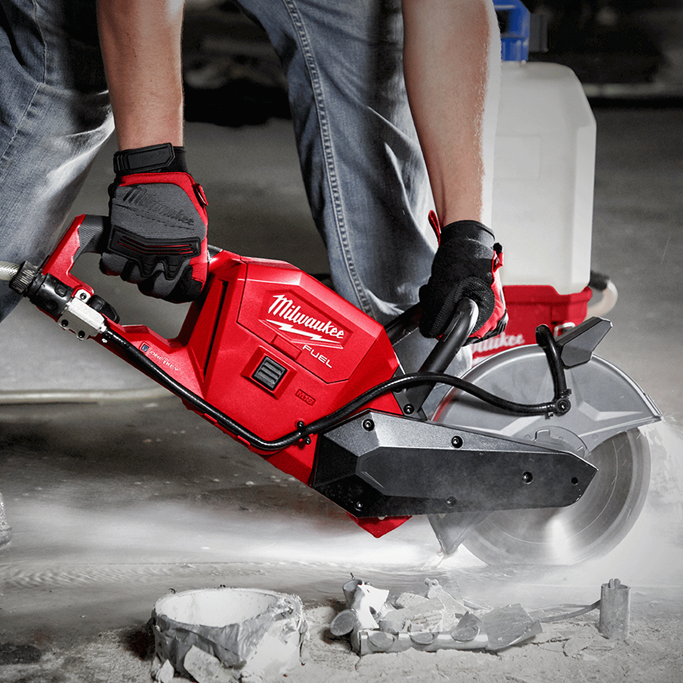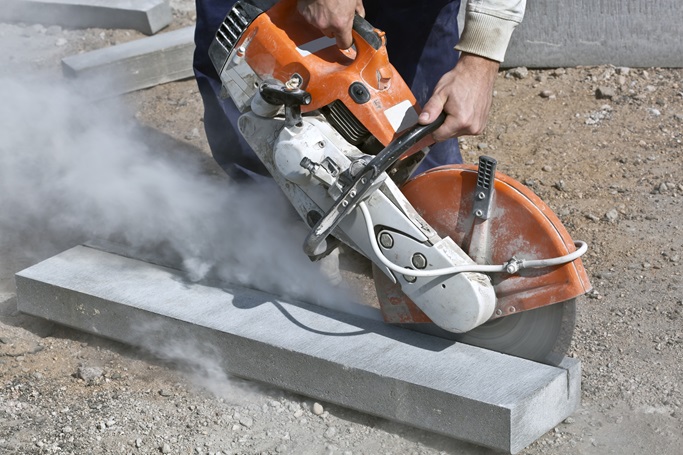Precision and Power: A Comprehensive Guide to Professional Saws
In the realm of construction, woodworking, and various industrial applications, the right tool can make all the difference. Professional saws, tailored to specific tasks, embody precision, power, and efficiency. That being said, let’s explore the diverse types of professional saws, their unique characteristics, and delve into the remarkable cutting power of concrete cutting saws.
The World of Professional Saws: A Brief Overview

Professional saws encompass a wide range of tools designed for cutting various materials with precision and efficiency. Each type of saw is tailored to specific tasks, ensuring optimal results and enhancing productivity in professional settings. Let’s explore some of the most common types of professional saws and understand what allows each to excel in its designated domain.
Circular Saws: Precision in Woodworking
Circular saws, equipped with a circular blade with sharp teeth, are ideal for woodworking tasks. Their cutting power lies in the rotational motion of the blade, which allows for swift and precise cuts through wood and other materials. The adjustable depth settings and bevel capabilities make circular saws versatile for a variety of cutting applications.
Jigsaws: Precision in Curves and Intricate Cuts
Jigsaws are designed for intricate and curved cuts, making them indispensable in tasks such as woodworking, metalworking, and cutting plastic. The cutting power of jigsaws stems from their oscillating blade movement, which allows for precise control and maneuverability. Different blades cater to various materials, making jigsaws a versatile choice for detailed cutting projects.
Reciprocating Saws: Versatility in Construction
Reciprocating saws, known for their back-and-forth cutting motion, are versatile tools suitable for a range of materials, including wood, metal, and plastic. The cutting power of reciprocating saws is derived from their aggressive, push-and-pull blade action. This design allows for efficient cutting in tight spaces and demolition work, making them invaluable on construction sites.
Band Saws: Precision in Straight and Curved Cuts
Band saws feature a continuous loop of teethed blades, providing exceptional cutting power for straight and curved cuts in various materials, such as wood, metal, and plastic. The cutting power lies in the continuous motion of the blade, allowing for precise, controlled cuts. Band saws are favoured for their ability to handle intricate shapes with ease.
Miter Saws: Precision in Angled Cuts
Miter saws, also known as chop saws, excel in making accurate angled cuts. Their cutting power comes from a circular blade mounted on a hinged arm, allowing users to adjust the angle and depth of the cut. Mitre saws are commonly used in woodworking, framing, and moulding projects, providing consistency and precision in angled cuts.
Concrete Cutting Saws: Mastering the Tough Terrain

While the aforementioned saws excel in woodworking, metalworking, and general construction, a concrete cutting saw takes centre stage when it comes to tackling the tough and resilient nature of concrete. These specialized saws are designed to cut through concrete with efficiency and precision, requiring a unique set of features to handle the challenges posed by this dense and abrasive material.
Concrete Cutting Saws: Types and Cutting Mechanisms
Diamond Blades
Concrete cutting saws typically employ diamond blades, where industrial diamonds are embedded in the blade’s matrix. Diamonds are renowned for their hardness, making them ideal for cutting through tough materials like concrete. The diamond blades of a concrete cutting saw can come in various configurations, including segmented, continuous rim, and turbo.
Wet vs. Dry Cutting
Concrete cutting saws may utilize wet or dry cutting methods. Wet cutting involves the use of water to cool the blade and suppress dust, reducing friction and enhancing blade life. Dry cutting, on the other hand, relies on airflow to prevent overheating. The choice between wet and dry cutting depends on the specific requirements of the task and environmental considerations.
Gasoline, Electric, or Hydraulic Power
Concrete cutting saws can be powered by gasoline engines, electric motors, or hydraulic systems. Gasoline-powered saws offer mobility and are suitable for outdoor applications. Electric saws provide consistent power and are ideal for indoor use, while hydraulic saws are known for their high torque and reliability.
Handheld vs. Walk-Behind Saws
Concrete cutting saws come in handheld and walk-behind configurations. Handheld saws offer maneuverability and are suitable for smaller jobs, while walk-behind saws provide stability and are preferred for larger projects. Walk-behind saws may also feature adjustable blades for depth control.
Addressing the Challenges of Concrete Cutting

Concrete is a dense and abrasive material that poses unique challenges for cutting. Concrete cutting saws are equipped with features specifically designed to address these challenges and ensure efficient cutting:
Powerful Motors
Concrete cutting saws are equipped with robust motors that deliver sufficient power to overcome the density of concrete. This ensures consistent and efficient cutting performance, especially when dealing with reinforced concrete.
Sturdy Frames and Construction
The frame and construction of concrete cutting saws are built to withstand the rigours of cutting through tough materials. Sturdy materials and reinforced designs contribute to the durability and longevity of the saw, even in demanding construction environments.
Effective Dust Management
Concrete cutting generates a significant amount of dust, which can pose respiratory hazards and affect the efficiency of the cutting process. Many concrete cutting saws incorporate effective dust management systems, such as integrated dust collection or water suppression, to mitigate these concerns.
Variable Speed Controls
Variable speed controls allow operators to adjust the cutting speed based on the specific requirements of the task. This feature enhances control and precision, especially when dealing with different concrete densities or when making detailed cuts.
Conclusion: Elevating Precision and Power in Professional Sawing
Professional saws form the backbone of precision and power across diverse industries. From the versatility of circular saws to the intricate cutting capabilities of jigsaws, each type of saw is a testament to innovation in design and engineering. Concrete cutting saws, with their specialized features and cutting mechanisms, showcase the adaptability of saw technology to meet the demands of challenging materials.
In the ever-evolving landscape of construction and industrial applications, the role of professional saws remains pivotal. As technology continues to advance, the cutting power, precision, and efficiency of these tools will undoubtedly reach new heights, ensuring that professionals can tackle a myriad of tasks with confidence and ease. Whether it’s shaping wood, cutting metal, or conquering concrete, professional saws stand as versatile and indispensable tools in the hands of craftsmen and builders, shaping the world one precise cut at a time.



